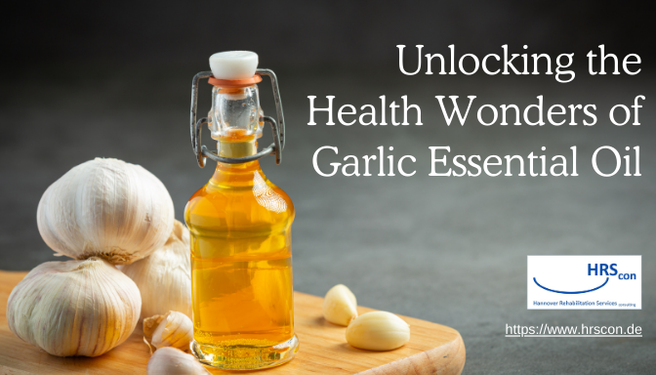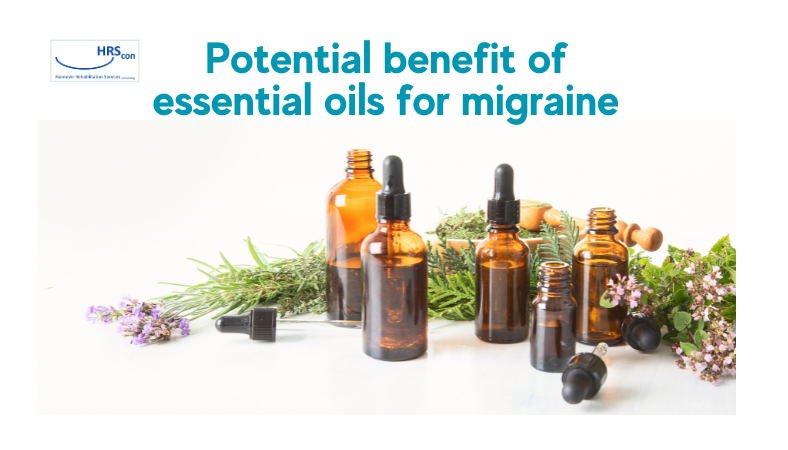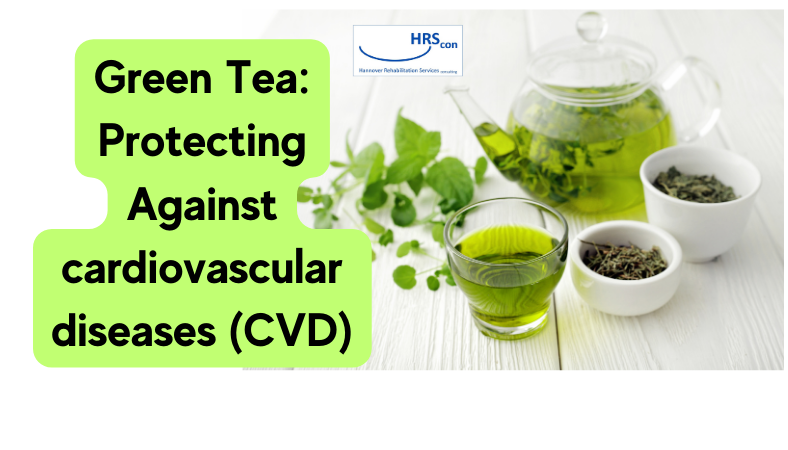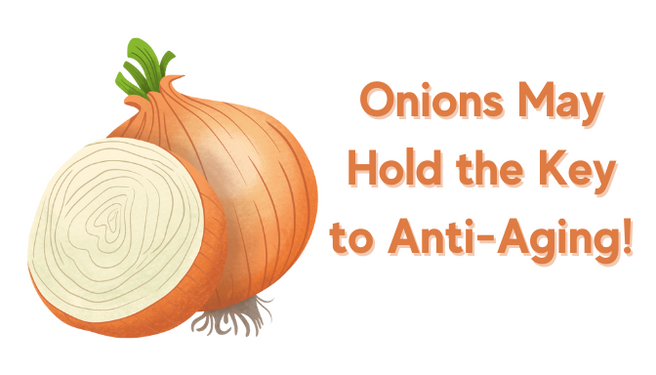Garlic (Allium sativum L.), a plant widely known for its culinary and medicinal uses, is gaining significant attention in the scientific community for its potent antimicrobial properties. Researchers have been focusing on plant-derived natural products, including essential oils, due to their effectiveness in combating pathogens and preventing drug resistance. Among these, garlic essential oil stands out for its rich composition and diverse biological activities.
Anti-microbial
Essential oils are complex mixtures of volatile compounds like sesquiterpenes, monoterpenes, aldehydes, alcohols, esters, and ketones. Garlic essential oil, in particular, contains over 95% sulfides, primarily allyl polysulfides. The most prominent of these are diallyl disulfide (DADS) and diallyl trisulfide (DATS), which have shown remarkable antibacterial, antifungal, and antiviral activities.
Studies have demonstrated that garlic essential oil disrupts microbial cell membranes, leading to cell death. This disruption is facilitated by the reaction of allyl sulfides with sulfhydryl groups in enzymes critical for microbial metabolism. Moreover, garlic essential oil has been effective against drug-resistant strains, making it a valuable alternative to traditional antibiotics.
The antimicrobial properties of garlic essential oil extend beyond just bacterial inhibition. It also exhibits antifungal activity by damaging fungal cell walls and interfering with mitochondrial membranes. This multifaceted action makes it a potent agent in preventing and treating infections.
Garlic’s historical use in medicine and its extensive cultivation worldwide highlight its importance as a dual-use plant for food and health. Modern applications include using nano-phytosomes from garlic essential oil as food preservatives, thanks to their broad-spectrum antimicrobial effects.
Anti-Oxidant
Despite its longstanding use, comprehensive reviews of garlic essential oil’s bioactivities have been limited. Recent research aims to fill this gap by exploring its components, properties, and potential applications. The ongoing investigation into garlic essential oil’s therapeutic potential underscores its importance in natural product research and its promising future in medical and food industries.
Recent studies highlight the potent antioxidant properties of garlic essential oil, making it a promising natural alternative to synthetic antioxidants. Free radicals, which play a crucial role in cellular damage, can be effectively neutralized by antioxidants. However, synthetic antioxidants often come with side effects, prompting a shift towards natural solutions.
Garlic essential oil, rich in allyl sulfides, has shown significant antioxidant effects by scavenging reactive oxygen species (ROS). It inhibits lipid peroxidation, reduces oxidative stress, and protects DNA from free radical-induced damage. This oil is typically obtained by distilling chopped garlic, which enhances its bioactive compounds, such as S-allyl cysteine and S-allyl mercapto cysteine.
Studies have found that garlic essential oil boosts the activity of key antioxidant enzymes, including superoxide dismutase (SOD), catalase (CAT), and glutathione peroxidase. These enzymes play vital roles in defending cells against oxidative damage. Furthermore, garlic essential oil has demonstrated protective effects against oxidative stress-related conditions, such as diabetes-induced liver damage and cyclophosphamide-induced testicular toxicity.
Garlic essential oil’s antioxidant properties also extend to environmental applications, such as mitigating the toxic effects of nanosilver in polluted water. Its ability to enhance the antioxidant defense system underscores its potential as a versatile and natural therapeutic agent in both medical and environmental contexts.
Garlic essential oil, derived from the Allium sativum plant, has been extensively studied for its diverse health benefits, including anti-cancer, anti-inflammatory, anti-diabetic, and hepatoprotective effects. These properties are attributed to its rich composition of bioactive compounds, particularly allyl sulfides like diallyl disulfide (DADS) and diallyl trisulfide (DATS).
Antitumor Activity
Garlic essential oil has shown significant antitumor activity, making it a potential alternative therapy for cancer treatment. Traditional cancer treatments like surgery, radiotherapy, and chemotherapy often have severe side effects. Natural products, such as garlic essential oil, offer promising therapeutic benefits with fewer side effects. Studies have demonstrated that garlic essential oil can inhibit the proliferation of pancreatic cancer cells by inducing apoptosis through cell cycle arrest and programmed cell death mechanisms. Moreover, oxidative stress, closely linked to cancer development, can be mitigated by garlic essential oil, which acts as a chemopreventive agent to protect tissues from oxidative damage.
Anti-Inflammatory Effects
Inflammation is a natural defense mechanism but can become detrimental when chronic or excessive, leading to diseases like asthma, arthritis, and inflammatory bowel disease. Garlic essential oil exhibits strong anti-inflammatory properties by inhibiting enzymes responsible for producing inflammatory prostaglandins and thromboxanes. It also suppresses the activation of NF-kB and the expression of pro-inflammatory cytokines. Studies have shown that garlic essential oil can modulate immune responses, reducing the production of pro-inflammatory molecules and enhancing anti-inflammatory cytokines, thus providing relief in conditions like inflammatory bowel disease and acute pancreatitis.
Anti-Diabetic and Anti-Hyperlipidemic Activity
Diabetes mellitus, characterized by persistent hyperglycemia, can lead to severe complications if not managed properly. Garlic essential oil has been found to improve glycemic control in diabetic rats by enhancing insulin secretion and sensitivity. Compounds like DADS and DATS in garlic essential oil modulate key enzymes involved in glucose metabolism, improving glucose utilization and glycogen synthesis in skeletal muscles. Additionally, garlic essential oil has demonstrated potential in reducing hyperlipidemia by regulating enzymes involved in fatty acid synthesis, thus contributing to overall metabolic health.
Hepatoprotective Effects
The hepatoprotective properties of garlic essential oil are primarily attributed to DADS and DATS. These compounds protect liver cells from damage induced by toxins and oxidative stress. Studies have shown that DADS can mitigate the hepatotoxic effects of drugs like acetaminophen by preventing oxidative stress and preserving mitochondrial function. Moreover, garlic essential oil has been found to enhance the activity of antioxidant enzymes, further protecting liver cells from damage.
Safety and Toxicity
While garlic essential oil is generally recognized as safe, excessive consumption can lead to adverse effects, such as gastrointestinal discomfort, anemia, and mucosal irritation. The LD50 of DADS in mice indicates a relatively low toxicity, but high doses can still pose risks, including potential teratogenic effects and neurotoxicity. Therefore, moderation is essential to avoid these side effects.
Conclusion
Garlic essential oil offers numerous health benefits, including anti-cancer, anti-inflammatory, anti-diabetic, and hepatoprotective effects, making it a valuable natural product for therapeutic applications. However, further research is needed to fully understand its molecular mechanisms, potential toxicity, and clinical efficacy. Future studies should focus on exploring its pharmacological actions in vivo and in vitro, clarifying its active mechanisms, and ensuring its safe use in clinical settings. As research progresses, garlic essential oil may play a significant role in the development of new therapeutic drugs and functional food ingredients.
Reference: here




